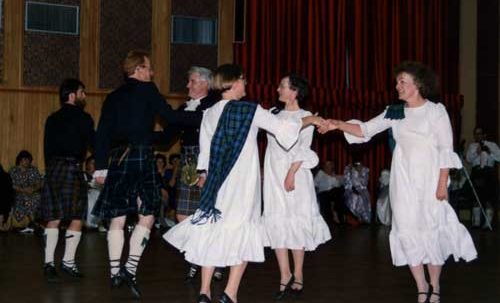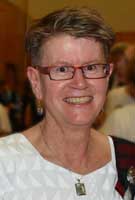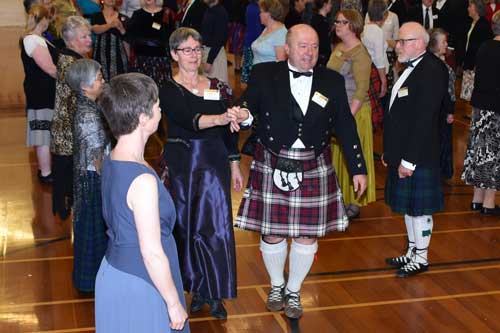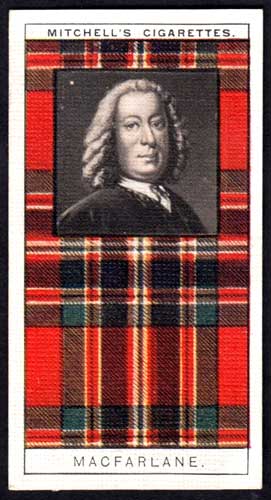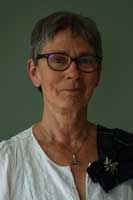Choosing the Boyd tartan
At primary school in New Plymouth in the early 1950s, we were taught about 18th Century Britain and I became fascinated by Bonnie Prince Charlie and the Jacobite songs. But my forebears came to New Zealand from England and Germany, and I have no Scottish ancestry … except a possibly mythical great-great-grandmother.
My paternal great-grandfather’s name was Thomas Boyd Reesby, and I was told he came from Kettering in the English Midlands, where the Reesbys were mostly butchers. But no one has been able to trace his actual birth date, parentage or on which ship he emigrated.
It’s been said that ‘Boyd’ was Tom’s mother’s maiden name, but there’s no trace of her. And if she was indeed a Miss Boyd, what was her first name?
On the strength of it, when I decided to buy a sash I chose one in the Boyd tartan. I just wish I knew more about this great-great-grandmother! And it’s entirely possible that I have no Scottish blood whatsoever. If so, it doesn’t matter … I still enjoy the dancing.
My Scottish Country Dancing ‘Journey’

During the 1990s I had a second-hand bookshop at Pukerua Bay. I opened the shop at weekends as these were the busiest times, and unless it was a public holiday I closed on Monday, when I’d often go walking in the bush and hills with a local group, the Kapiti Weekday Walkers. Through this group I met Glenys Mills ((Glenys Mills taught at Johnsonville club between 1968 and 1981. By the time Pat met her, she had moved up to the Kapiti Coast.)) and Rita Brennan.
When the couple who’d started the walking group ‘retired’, we had a gathering in their honour, and Glenys and Rita taught a few simple Scottish country dances. I enjoyed it a lot, and they invited me to go along to the Plimmerton club, which met in St Barnabas church hall at Paremata and was tutored by Margaret Bailey.
It was halfway through the year and I didn’t dance for long, as my life took a different turn and I left New Zealand for a while. Still a raw beginner, I went along a few times to a Scottish Country Dancing group in Houston, Texas, and when I came back to New Zealand, I met up with the Kapiti Weekday Walkers on Mt Ruapehu where we stayed in a ski hut. Glenys was there too, and one night she taught a Scottish country dance and invited me to help her with it. I was hopeless!
Back in Wellington, I went to the 1999 beginners’ classes at the Island Bay club, taught by Jeanette Watson and held in the Newtown School hall. A year or so later, I joined the Ngaio club (tutored by Marie Malcolm) as well, and found that dancing twice a week really made a difference. I moved house again, joined the Johnsonville and then the Tawa club.
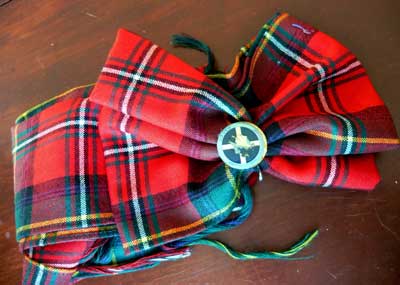
I still love Scottish country dancing – it’s a mental as well as physical challenge and there’s always something to learn. And it attracts such pleasant, likeable people. As for the part it plays in my life, it’s a community I’m glad to be part of, even at this time when we can’t actually meet and dance together.
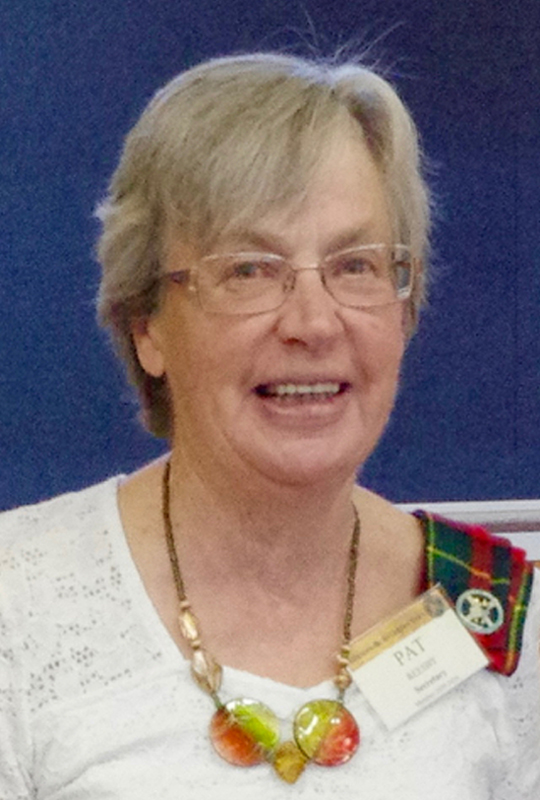
from Pat Reesby
22 April 2020

